1. Biba Dow and Alun Jones
Dow Jones Architects / 2000 - Present
London - UK
‘Axis Mundi’
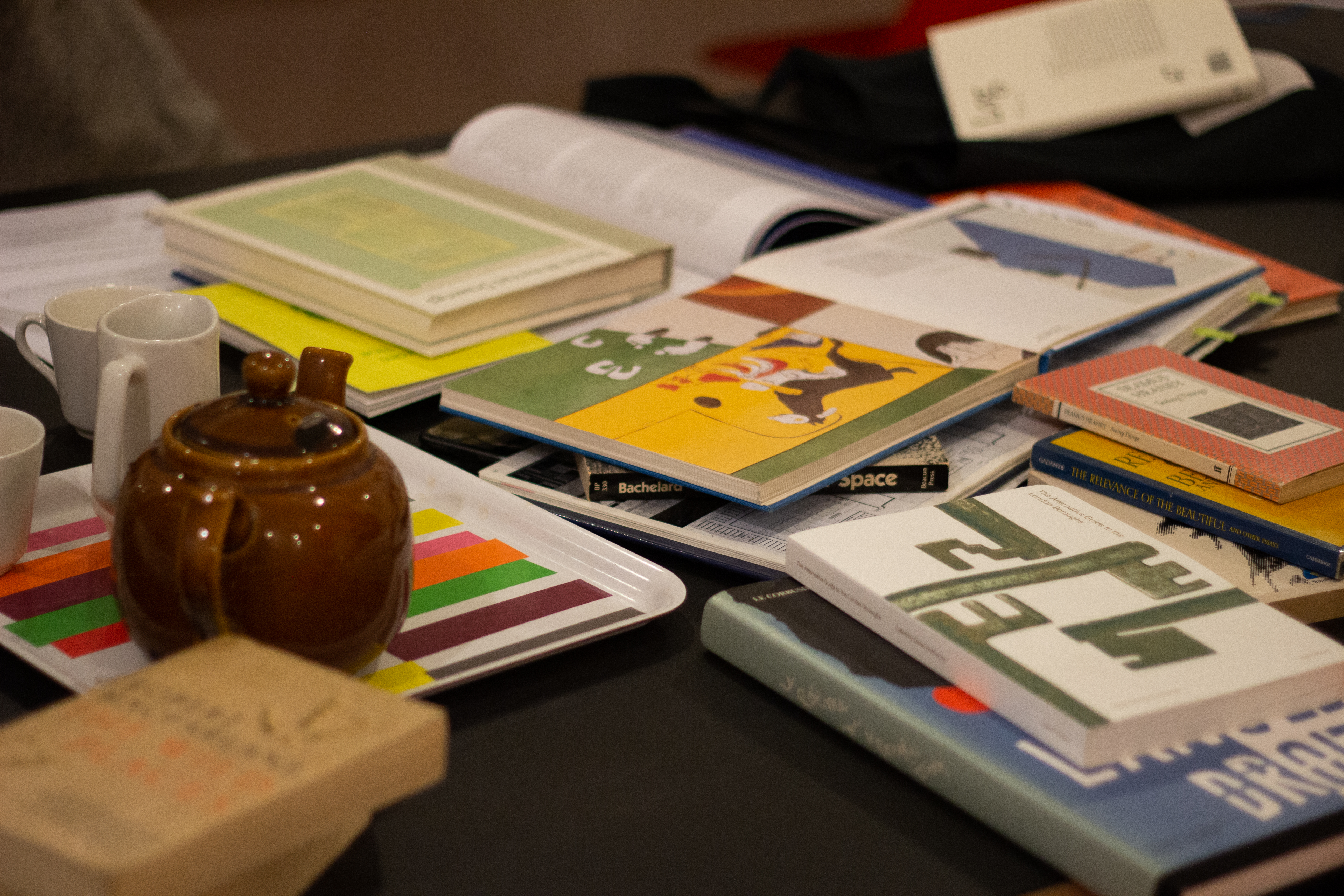
To kick off our next edition, we spoke to Biba Dow and Alun Jones of the award-winning Dow Jones Architects. The practice stands out for their beautifully crafted and thoughtful work, constructing architecture across a broad range of typologies and scales. The practice was founded in 2000 with a vigorous and vital interest in art, culture, making and place, deposited alongside a framework of strong and coherent architectural principles, markedly evident in this interview.
With a special interest in working with historic buildings, Dow Jones have completed several projects in tight and complex sites, including the beautiful Garden Museum, set in the grounds of Lambeth Palace, as well as Grand Junction at St. Mary Magdalene in West London, a beautiful extension to George Edmund Street’s widely regarded masterpiece. The fantastic restoration of the undercroft, host to the Architecture Foundation’s ‘Congregation Festival’ last year, is well worth a visit. Rightly so, they have developed a reputation for delivering exceptional heritage and conservation work, with construction recently getting underway at Bevis Marks Synagogue.
Both have taught extensively, with a particularly deep-rooted connection to London Metropolitan University where they worked across various diploma units for several years, often collaborating with Patrick Lynch, a guest of our first edition. Coming as a recommendation from Patrick, you can tell from their interview that they are close friends who have often shared and discussed the literature that has influenced their practice.
There’s a real breadth to their literary choices, discussing everything from eighteenth-century Parisian architecture, geology, art, through to their most important Le Corbusier references. Accordingly, the interview focuses as much not on architecture, as on it, aligning with their coherent views on architecture and its positioning within the realms of art, culture and place.
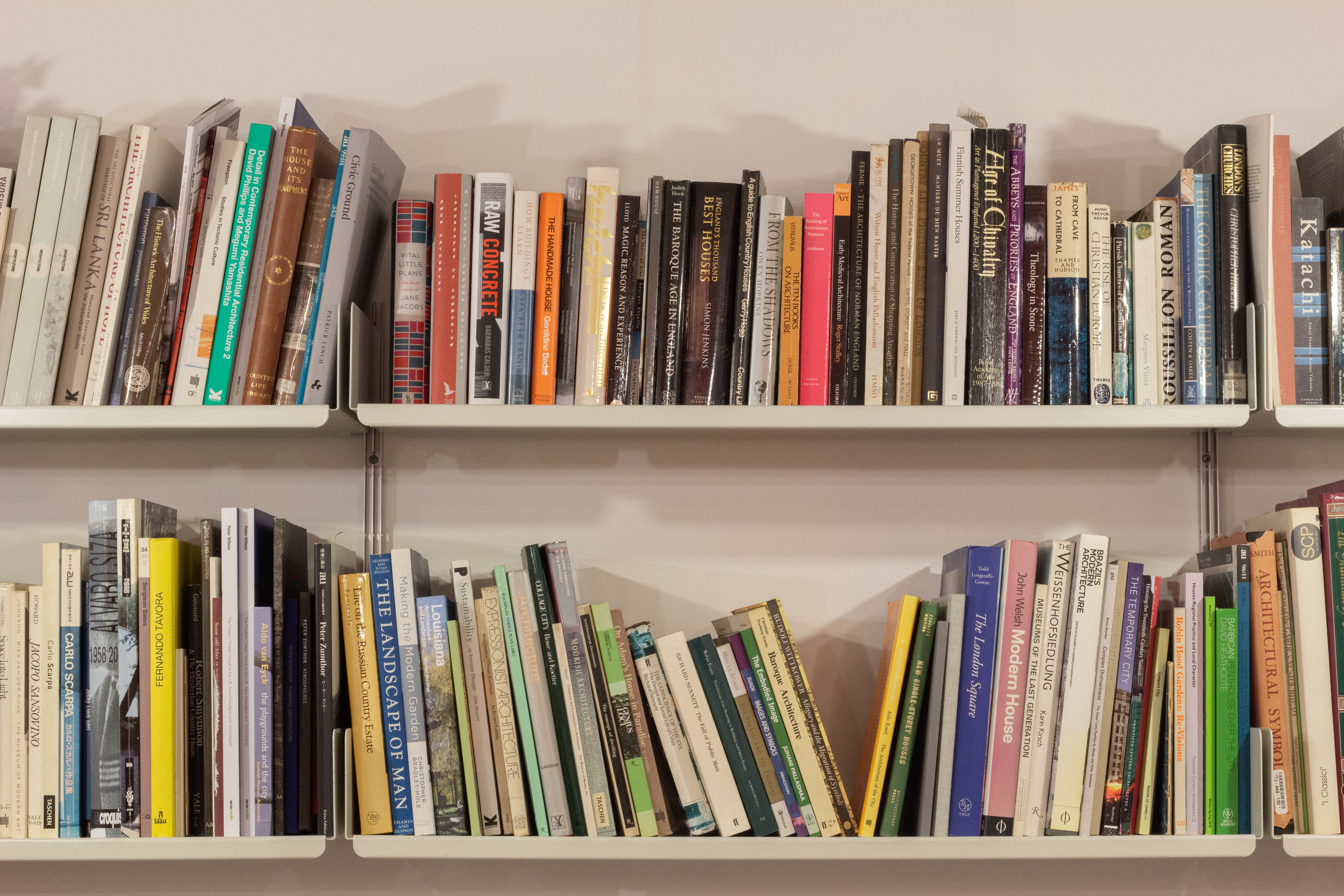
How many books do you currently have in your office?
Biba Dow : In total we have about 3500-4000 but most of them are at home. It’s mainly architecture books that makes their way into the office.
Alun Jones : Novels, poetry, philosophy, history, art, geography, geology, that sort of thing are all at home.
Do you often find that you’re bringing resource into the office or are you largely reflecting on them at home?
BD : When there’s something specific we want to talk about, we will bring a book in. Similarly, other people bring in books to refer to; there’s a culture of sharing resources which creates a dialogue.
AJ : Books tend to migrate to the office if there’s a particular thing we’re talking or thinking about. They then hang around here for a couple of years and sometimes return home.
How are you splitting projects in the office?
BD : We design everything together, with one of us acting as the point of contact throughout the delivery stages. We find that much clearer for everyone; one person holds the delivery of a project in their head, but design conversations are discussed and shared.
Do you find that literary interests lead you to a project? For example, one of you has a very specific interest in gardens and that led you to your work at The Garden Museum?
BD : Not particularly. It’s partly just timing, who has space to take the project on, or something as simple as who gets on better with the client. That is often a factor.
AJ : As an example, it made sense that I led The Maggie’s Centre in Wales as I grew up nearby. And then yes, it depends on client dynamics and how the workload projection looks.
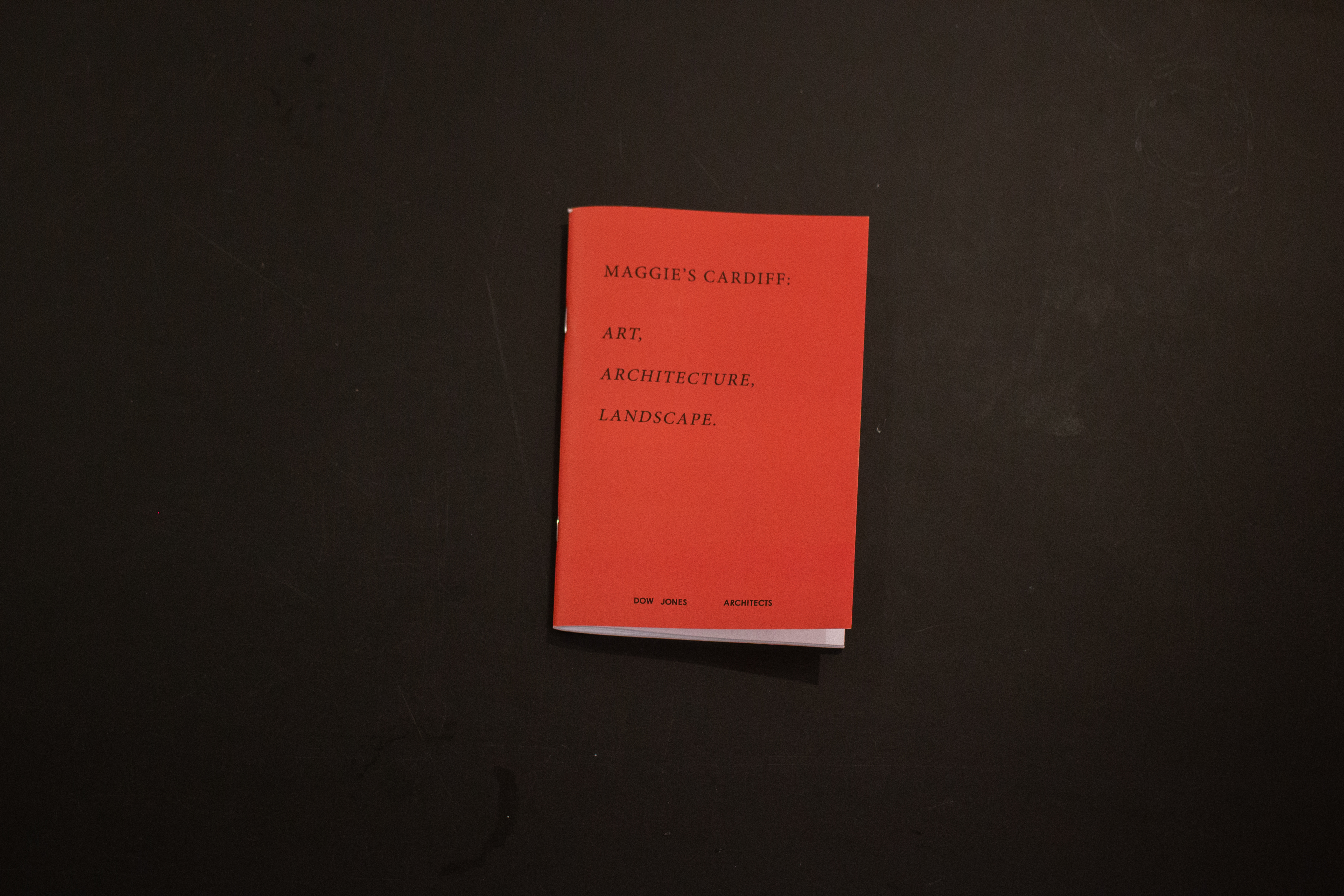
“The more challenging conversation is often when you take them something that resembles an architecture. When the conversation is orbiting around an artistic idea, it’s simultaneously more and less concrete.”
Whilst watching one of your lectures, you spoke about The Maggie’s Centre brief, which looks like a beautiful document. Do you find that you are often sharing resources with clients?
AJ : We tend to talk about things that are as much not to do with architecture as they are. We look at a lot of references from art, particularly at the outset of a project. We will often share resources in this way but we rarely cite contemporary architecture.
BD : I think we’re trying to find something more essential. When we’ve had the first conversation with the client, we will make a booklet of our visual references. This helps to take the conversation out of architecture and away from style that they are already familiar with. It creates a more open conversation, a discussion of ideas. Being able to talk to someone about a painting suddenly becomes very interesting.
AJ : This is the first booklet we created for the Maggie’s Centre, looking at site features, enclosure, local landscape… It’s about trying to make connections between art, landscape, and the way that buildings are made in that part of Wales. This booklet included some very early sketches and ideas about composition. Near and far. Most projects we do work like this. They normally start life as a little A5 document.
Do you find that conversation successful? Is it ever quite challenging? That the dialogue isn’t quite what you wanted it to be or that the client are quite open and flexible?
BD : Normally it’s quite amazing.
AJ : I don’t know. The more challenging conversation is often when you take them something that resembles an architecture. When the conversation is orbiting around an artistic idea, it’s simultaneously more and less concrete. There’s a sense that you can get closer to what you’re trying to achieve than if you presented a CGI. It’s then right or wrong and if they don’t want it you’re a bit stuck.

‘They map a route to an idea, rather than the specific thing she is making. They’re powerful as the essence of an idea, rather than being solely about what they look like.”
Those conversations give you a bit more room to find out more about their thinking.
AJ : Exactly, but you also develop an intuition as to the way in which they respond to things, how receptive they are to that level of conversation.
BD : A perfect example of talking about ideas via art is these ‘Drawings’ by Whiteread. There’s a crudeness to them and they are incredibly blunt, but they map a route to an idea rather than the specific thing she is making. They’re powerful as the essence of an idea, rather than being solely about what they look like. I think these must be my favourite spatial drawings, often drawn with tipp-ex on photographs.
Almost like Superstudio’s work; reminiscent of a pre-digital era.
BD : Yes, exactly. We used to live just round the corner from ‘House’. She cast the inside of a little house that was being demolished. It was incredibly radical.
Tipp-ex also feels like the perfect medium for that project, in that it’s so dense.
BD : And has qualities of concrete and something cast. Amazing. It’s a wonderful book.
Do you reflect on resources together?
BD : Definitely. We both chose slightly different references for this interview, but in a way they reflect a conversation that we’ve been having for the last 25 years or so. There’s a lot that gets traded in that conversation. Whether it’s talking about art, architecture, or writing it’s very much a shared language.
AJ : I think one of the main crossovers, besides a bunch of philosophy (Heidegger, Gadamer, Hannah Arendt, the whole Cambridge school of hermeneutics), is Le Corbusier. When we’re talking about architecture, if we make reference to how the stair at Villa La Roche bounces off that wall and pops out as a balcony, we instantly know what that is. We’ve got the whole ‘Oeuvre Complète’ and that’s probably the biggest cross over in the Venn diagram.
BD : Yes, I probably think so.
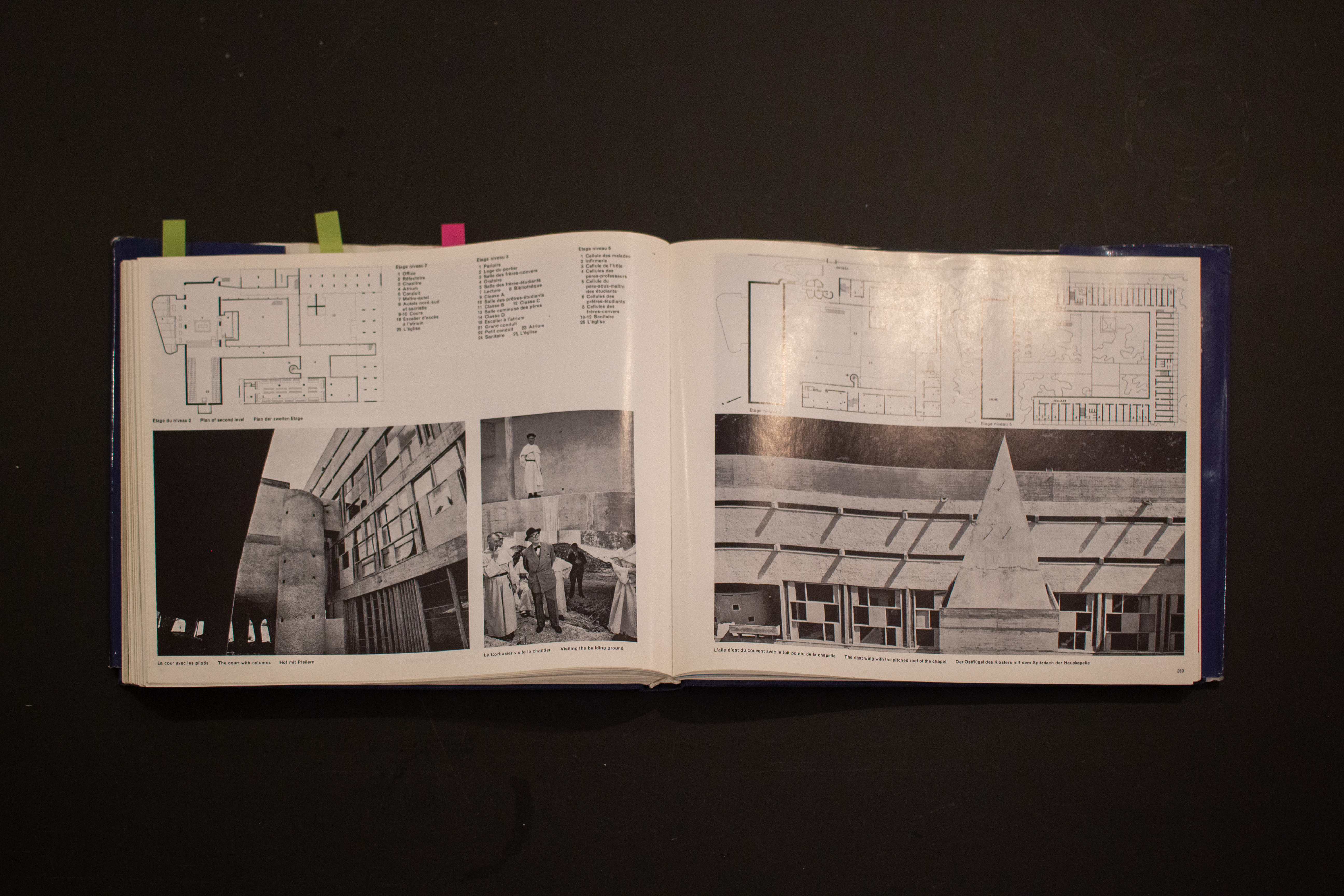
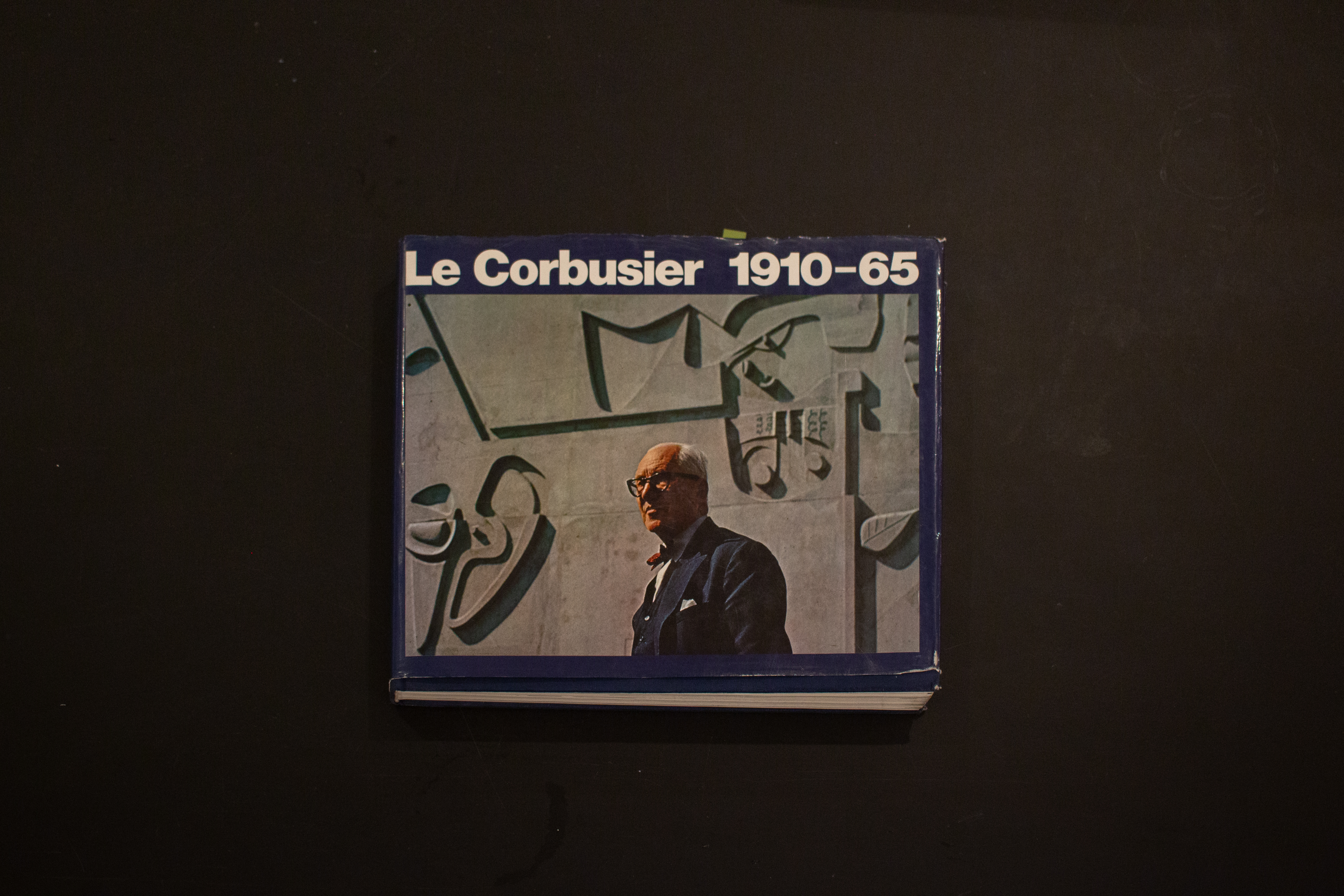
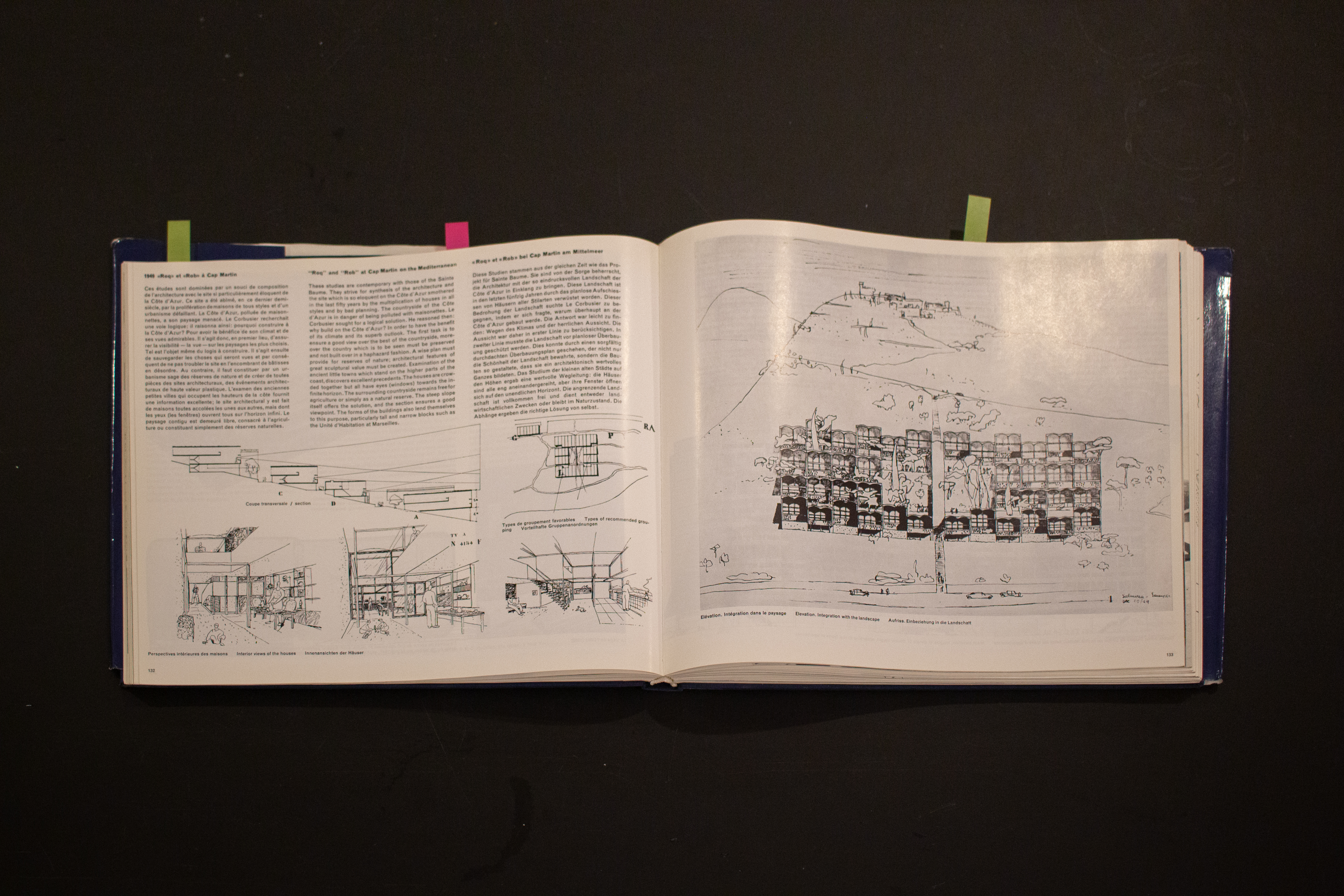

Would that feed into the most influential book throughout your time practising?
BD : I think so. The ‘Oeuvre Complète’ we only got quite recently. ‘1910-65’ is the book that Alun had as a student. This was the one we could afford at the time. Subsequently, this is of far more significance to us; it’s been part of the journey. We’ve looked at it so, so often.
The ‘Oeuvre Complète’ has allowed us the privilege to get to know the rest of his works; a comprehensive study of drawings, sketches, site photos…I find Le Corbusier’s work amazing; his line drawings are so reductivist, yet so potent as a spatial experience. Having visited a number of the European buildings, we now relate the drawings to our own experiences there. I think that’s really exciting.
AJ : I think that’s something that underpins our work. The plan can often look simple, but there’s a real three-dimensional complexity to it. That’s perhaps one of our main fascinations with Le Corbusier. Obviously, we’re not doing white 30’s modernism, but we're interested in the way that he orchestrates and composes space and how that realises itself in the plan is really, really fascinating. Nowadays there is a tendency for the plan to be a firework display as a graphic.
How are you finding that you’re working with books? Are you taking notes, annotating, reading aloud, drawing from…?
AJ : I guess it’s all of the above.
BD : It depends on the type of book. We often look at books by Peter Celsing, Apslund or Aalto for inspiration. We’ll spend time with these books, enjoying the drawings and photographs and thinking about their buildings. We will often look at books in a more instructive way to help talk abut an idea. And we may look in more complex, philosophical books whilst preparing for a lecture or writing something, where we’re recording, collecting and compiling information.
Where are you finding a lot of the books you collect? Are you still buying many books?
BD : We are still buying books, although I’d say quite modestly.
AJ : We do a fair bit of second hand book shopping, and have a couple of go-to second hand book shops. There’s a really good one in Falmouth and another in York.
BD : Sometimes we’re buying books because we’ve just visited a building and want the monograph. In that sense it’s a lot more about getting to know the architect, or a piece of writing. Otherwise, it can be quite random. Most recently I bought ‘Le Corbusier, Drawing as Process’ (Daniele Pauly), which we bought first for a student who was leaving us. It’s an amazing compendium of his drawings - mostly not about architecture. Or for example, following a fantastic visit to Drawing Matter we started buying their books, like “Architecture through Drawing’.
AJ : It is a little bit random. Or we buy topic specific books. We’re currently working at Bevis Marks Synagogue, the oldest synagogue in Europe. When we won that competition, we obviously bought a number of books on Judaism. There are strands of focused research that one undertakes to help facilitate a specific project.
Is there anything at the moment that you are looking at? Project related or otherwise?
AJ : That’s a model of St. Anselms, which is in Kennington Cross. They started building it before the First World War and then they ran out of money, materials and people. Everything. It got finished off in the early 30’s. It’s influenced by a Tuscan idiom, so by Brunelleschi and Alberti. I did an MPhil on Alberti, working with Joseph Rykwert and helping him and Bob Travernor organise an exhibition in Mantua in 1992. This project has led me to re-visit a lot of ideas around composition and proportion.
BD : The books I’m reading at the moment don’t really have anything to do with architecture. We’re doing a project for a writer and she sent me a box of books, including a book by Linn Ullmann called ‘Unquiet’. It’s a family memoir, set in the Faroe Islands and touches on memories of a very specific place, very similar to the book by Tove Jansson.
I also read quite a lot of poetry. Alice Oswald is an amazing British poet who writes about the natural world, but with a really strong sense of place. I’ve also been reading Simon Armitage, Elizabeth Bishop and Seamus Heaney. I’m forever returning to Heaney, more than most I think, not just for pleasure, but also when talking about ideas and giving lectures.
AJ : I think it’s important to note that we probably read more novels than we do architecture books. Biba is always reading novels; the whole time.
Anything in particular?
BD : Ally Smith, ‘How To Be Both’. Amazing. Marilynne Robinson, an American writer who writes about a fictional world called Gilead. She documents different people connected loosely through generations. I really like the elliptical style of writing where not much really seems to happen, but you get an incredibly strong sense of people’s lives and the places they live. Kent Haruf is another. I read a lot of contemporary, mostly female fiction.
AJ : One of my favourite novels is ‘Holloway’, written by Robert Macfarlane. Similar to Oswald, he writes about place; how you inhabit place and the way in which you think about the natural world is actually shaped by our inhabitation.
BD : They’re brilliant, brilliant books. Very readable and very rich.
One of the writers that springs to my mind is Tim Robinson who writes a lot about the West of Ireland. He studied parts of Connemara and the Aran Islands to absolute minute detail, creating beautiful maps, alongside descriptive text about the landscape and what it means to live there; everything from condition to landscape to geology.
BD : Very powerful.
AJ : I read a lot of non-fiction, quite a lot about geology. I have a real interest in the ground. Mainly non-fiction. There’s a really brilliant book called ‘The Map That Changed the World: A Tale of Rocks, Ruin and Redemption’ that discusses William Smith and his creation of the first geological map in the late eighteenth-century. Whilst being lowered down a coal mine near Bath, he saw a band of rock that he recognised from a nearby hill. He went down several more mines and began to trace geological patterns, realising how layers of rock shifted and moved., which he mapped, basically inventing geology!
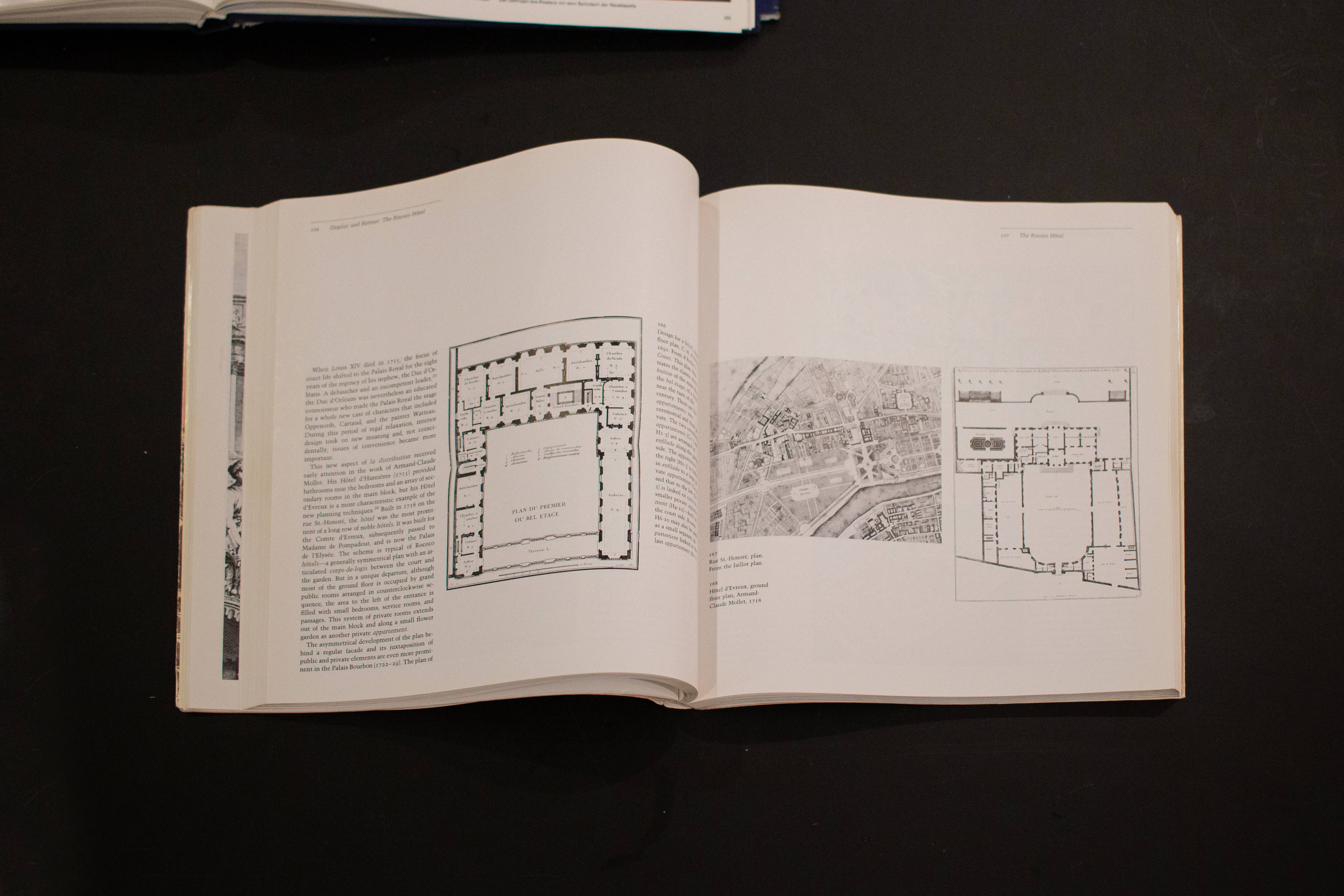
If you could re-discover one book, what would it be?
AJ : A book I read as a student, ‘Court & Garden: From the French Hotel to the City of Modern Architecture’ by Michael Dennis. He touches upon what I would argue is the best plan, the French Baroque hotel, and in particular the Hôtel de Beauvais. This came out when I was an undergraduate and it introduced me to the idea of poché - how you can create an ordered and organised structure of spaces out of what appears to be chaos. I’ve not read it for 25 years, but I remember when it came out being absolutely knocked sideways. When I was an undergraduate, the upper echelon of architectural discourse was Hi-tech. It was the predominant horizon with a bit of Pomo floating around but not really being taken that seriously. ‘Court & Garden’ seemed incredibly disruptive. It helped to embed ideas of urbanism, how a place can be formed from a series of buildings forming small cities within bigger cities. It had a massive impact on me as an undergraduate student.
It’s quite amazing how a building written about buildings in the 1700’s was disruptive at a time when Hi-tech, what many would have seen as a pioneering, modern movement was at the forefront. Obviously for you, it felt incredibly fresh.
AJ : Exactly. It was.
BD : It’s probably related in some way to the conversation we had earlier about avoiding CGI’s, it talks about architecture as a spatial conversation, rather than talking about style. It’s so easy to fall into the conversation of what things look like.
AJ : It was also extremely challenging to think how seventeenth-century Paris could relate to me; how could I as a student capture some of the amazing spatial qualities drawn and discussed in this book?
Following that, my favourite novelist is Robertson Davies. He wrote three trilogies and a novel, which are brilliant. They take you on extraordinary journeys. His narrative drifts, often exploring quite fundamental parts of what it means to be human. They’re incredibly rich and powerful. I’ve not read them for about 15 years so those would be other books I would like to come back to.
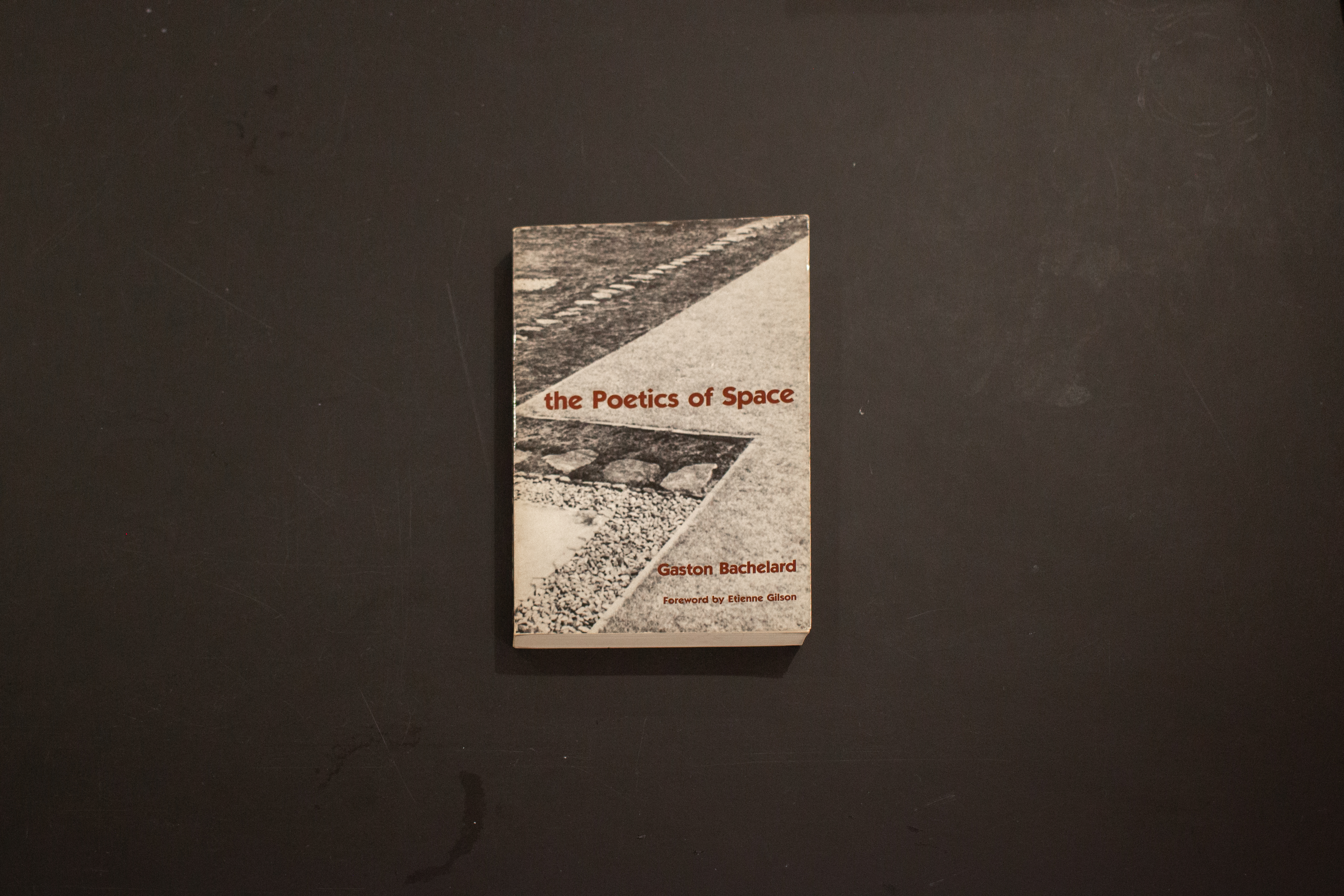
What book would you recommend every young, aspiring architect to read?
BD : I would hand over ‘Poetics of Space’. I read it as an undergraduate and I thought it was amazing. A book about architecture without images discussing how you navigate space; what it feels like to you and how that influences your memory of spaces. Discovering it as a student, when you’re trying to build your vocabulary and understand this whole extraordinary world of architecture, was breathtaking. It allows you to think deeply about what architecture can be, how powerful it can be, without making you feel that you don’t know the terms. Everything is familiar, yet it’s described so richly. People don’t talk about architecture like this and yet it’s the experience that we all share, which I think is really powerful.
It’s intriguing whether it was a conscious decision to not include imagery, I presume it must have been. It’s image-conjuring but it doesn’t contain any images. It’s making you put yourself in a place, but it’s not giving you that visual reference, instead you have to think inside of yourself and conjure imagery.
BD : Exactly, and it’s more transferrable as a result.
AJ : I would also include ‘The Idea of a Town’ by Joseph Rykwert but I know Patrick has already talked about it. But it is related to another book that I’m fond of by Raymond Williams called ‘The Country and the City’. I have been thinking about how they’re both written at the same time and in many ways feel very similar. They both cite culture as a response to the technologically driven reading of the city. Joseph writes about how people today think that cities are about flow, shops and cars, and they’re actually not. Williams formulates a similar idea around the contrast between the idyllic English countryside and the dark, satanic city. He speaks about this distinction and its impact on the English psyche. Williams’ point is that the two conditions are completely intertwined and that it’s a falsehood to pose them in opposition. At the same time, he’s questioning the fundamental changes that are taking place, both to city and countryside at that time.
Also ‘The Human Condition’ by Hannah Arendt. She is one of my favourite writers and this book is absolute genius. If you haven’t read it, then you need to. She goes from the Greek polis, via Marxism, to what it means to be human, what it means to be public and the importance of action within all of that. It’s fabulous.
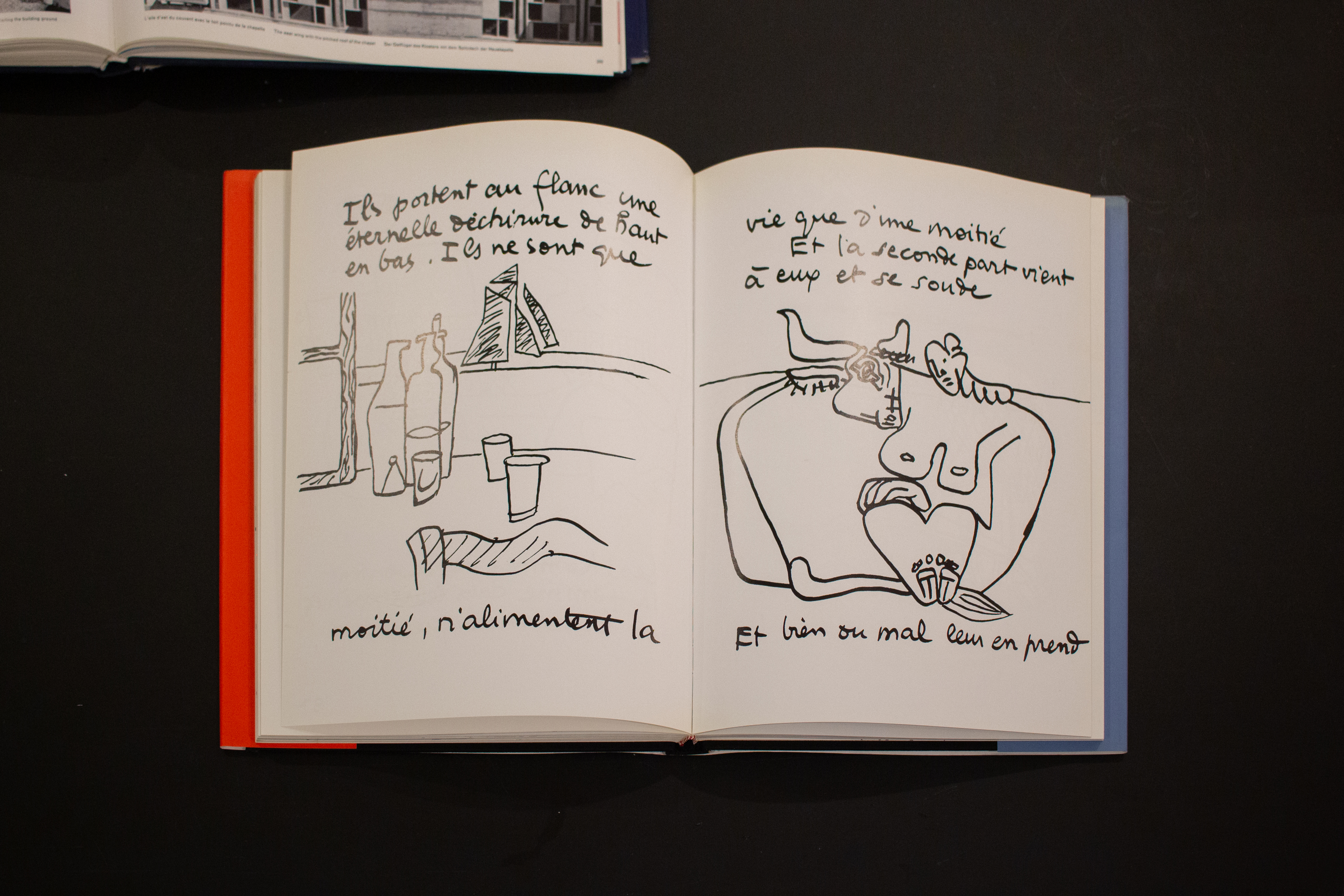


“Le Corbusier developed a whole philosophy through drawing; drawing that’s inherently about architecture, but it’s not architectural.”
BD : I wanted to talk about this Le Corbusier book and the enamel door at Chandigarh. We’re currently scrutinising over it for our project at St. Anselm’s and this idea of space beyond the altar. We’re looking at this extraordinary door to think about how we can make an important transition between the altar and the mundane world of the Parish. Le Corbusier’s door is an enormous, pivoting door, decorated on both sides with iconography. These images are all part of Le Corbusier’s pictorial world that he’s assembled, as shown in ‘The Poem of the Right Angle’. It’s an amazing book and been a huge influence for me. He spent half the day painting and the other half in his office with drawing and painting feeding directly into his architecture, occasionally overlapping in a distinctive way. Similar to Alun talking about ‘The Human Condition’, ‘The Poem of the Right Angle’ is a philosophy about what it means to be public; a pictorial idea about existence, an iconostas. It’s a screen in a Russian Orthodox Church between the public space and the holy space, filled with an agglomeration of icons. He works into this with his own philosophy of the world, the environment, what it means to be a conscious being in the world. The right angle is about being vertical, the axis mundi and that which connects the sky to the earth; what defines being a person. Each square is an idea, for example this one is about enclosure and his hand. You’ll know it from Chandigarh; a spirit, his drawn hand, air…It can be slightly strange, but I think it’s amazing how he developed a whole philosophy through drawing; drawing that’s inherently about architecture, but it’s not architectural.
All photography by Tim Lucas unless otherwise stated.
Website
